
Salvador Dali is one of the most famous artists of the Surrealism movement, a style of art that explores the subconscious mind through dreamlike imagery. His paintings are some of the most iconic examples of Surrealism art, with their vivid colors, bizarre creatures, and melting objects. In this article, we will delve into the surreal world of Salvador Dali's paintings, exploring the origins of Surrealism art, the life and career of Salvador Dali, and the key elements of his unique style.
Introduction to Surrealism and Salvador Dali

Surrealism is an artistic movement that emerged in the early 20th century, characterized by its use of dreamlike imagery to explore the subconscious mind. The movement was heavily influenced by the work of Sigmund Freud, who believed that the unconscious mind held the key to understanding human behavior. Surrealist artists sought to tap into this realm of the psyche through their art, using techniques such as automatism and collage to create works that were both provocative and unsettling.
Salvador Dali was born in Figueres, Spain in 1904, and showed an early talent for art. He studied at the San Fernando Academy of Fine Arts in Madrid, where he was expelled for his provocative behavior and unconventional art style. Dali went on to become one of the most famous Surrealist artists, known for his bizarre and often disturbing imagery. His paintings often featured melting clocks, distorted faces, and other surreal elements that challenged the viewer's perception of reality.

Understanding Surrealism Art: Definition and Characteristics
Surrealism art is characterized by its use of dreamlike imagery to explore the subconscious mind. The movement emerged in the early 20th century as a response to the horrors of World War I, and was heavily influenced by the work of Sigmund Freud. Surrealist artists sought to tap into the realm of the psyche through their art, using techniques such as automatism and collage to create works that were both provocative and unsettling.
One of the key characteristics of Surrealism art is its emphasis on the irrational and the absurd. Surrealist artists believed that the rational mind was limiting, and that by exploring the subconscious, they could tap into a deeper understanding of the human experience. Another important characteristic of Surrealism art is its use of unexpected imagery. Surrealist artists often combined seemingly unrelated objects or creatures in their works, creating a sense of unease and disorientation in the viewer.
The Surrealism Artistic Movement: Origins and Influences
The origins of the Surrealism artistic movement can be traced back to the early 20th century, when artists began to explore the subconscious mind through their work. The movement was heavily influenced by the work of Sigmund Freud, who believed that the unconscious mind held the key to understanding human behavior. Surrealist artists sought to tap into this realm of the psyche through their art, using techniques such as automatism and collage to create works that were both provocative and unsettling.
Surrealism art was also influenced by the political and social upheavals of the time. Many Surrealist artists were drawn to leftist politics, and sought to use their art as a means of social commentary. The movement was also influenced by the rise of new technologies, such as photography and film, which allowed artists to create works that were more experimental and boundary-pushing.
Salvador Dali's Life and Artistic Career

Salvador Dali was born in Figueres, Spain in 1904, and showed an early talent for art. He studied at the San Fernando Academy of Fine Arts in Madrid, where he was expelled for his provocative behavior and unconventional art style. Dali went on to become one of the most famous Surrealist artists, known for his bizarre and often disturbing imagery. His paintings often featured melting clocks, distorted faces, and other surreal elements that challenged the viewer's perception of reality.
Dali was also known for his eccentric personality and his love of attention. He often dressed in flamboyant outfits and staged elaborate public performances to promote his art. Despite his controversial reputation, Dali remains one of the most influential artists of the 20th century, and his works continue to inspire and provoke viewers to this day.
Key Elements of Salvador Dali's Surrealist Paintings

Salvador Dali's Surrealist paintings are characterized by their vivid colors, bizarre creatures, and melting objects. One of the key elements of his style is his use of symbolism, which he used to convey complex ideas and emotions. In many of his works, Dali combined seemingly unrelated objects or creatures to create a sense of disorientation in the viewer.
Another important element of Dali's style is his use of texture and depth. His paintings often feature highly-detailed landscapes and objects, which are juxtaposed with flat, two-dimensional elements to create a surreal effect. Dali was also known for his use of optical illusions and other visual tricks, which added to the dreamlike quality of his work.
Famous Surrealism Artworks by Salvador Dali

Salvador Dali created many famous Surrealism artworks throughout his career, including "The Persistence of Memory," "Metamorphosis of Narcissus," and "The Elephants." "The Persistence of Memory" is perhaps his most famous work, featuring melting clocks and a barren landscape that has become an iconic symbol of Surrealism art. "Metamorphosis of Narcissus" is another famous work, depicting the mythological figure of Narcissus in a surreal, dreamlike landscape.
"The Elephants" is another notable work by Dali, featuring a group of elephants with impossibly long and spindly legs. The painting is often interpreted as a commentary on the fragility of life and the impermanence of memory.
Analysis of Salvador Dali's Unique and Provocative Style

Salvador Dali's unique and provocative style is characterized by its use of dreamlike imagery, vivid colors, and unexpected juxtapositions. His paintings often challenge the viewer's perception of reality, creating a sense of unease and disorientation. One of the key elements of his style is his use of symbolism, which he used to convey complex ideas and emotions.
Another important aspect of Dali's style is his use of optical illusions and other visual tricks. His paintings often feature hidden images and other elements that can only be seen from certain angles or under certain lighting conditions. Dali's work is also notable for its highly-detailed landscapes and objects, which are juxtaposed with flat, two-dimensional elements to create a surreal effect.
Surrealism Art Today: Modern Artists and Contemporary Interpretations

While the Surrealism movement officially ended in the 1960s, its influence can still be seen in contemporary art today. Many modern artists continue to explore the subconscious mind through their work, using techniques such as collage, automatism, and photomontage to create provocative and unsettling images. Some contemporary artists have also expanded on the Surrealist tradition, incorporating new technologies and media into their work.
Surrealism Art in Pop Culture: Films, Music, and Advertising

Surrealism art has also had a significant impact on popular culture, particularly in the realms of film, music, and advertising. Many filmmakers and musicians have drawn inspiration from the Surrealist tradition, incorporating dreamlike imagery and unexpected juxtapositions into their work. Advertising has also been influenced by Surrealism art, with many companies using provocative and unsettling images to sell products.
Conclusion: The Legacy and Impact of Surrealism Art

Surrealism art has had a profound impact on the world of art and culture, challenging traditional notions of reality and perception. Through their use of dreamlike imagery and unexpected juxtapositions, Surrealist artists have tapped into the subconscious mind, creating works that are both provocative and unsettling. Salvador Dali is one of the most famous Surrealist artists, known for his unique and provocative style that continues to inspire and challenge viewers to this day.

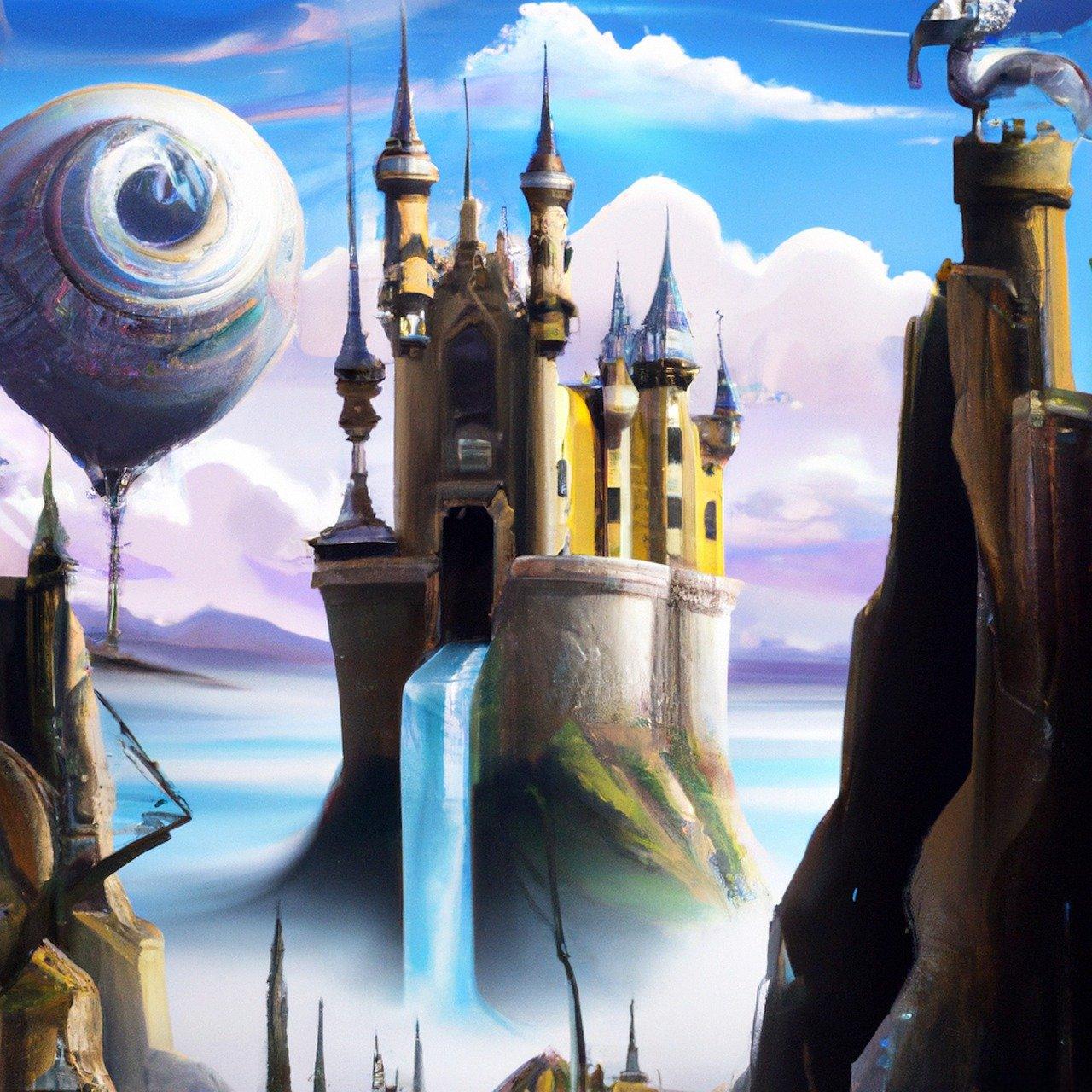
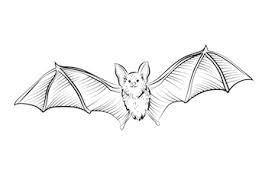
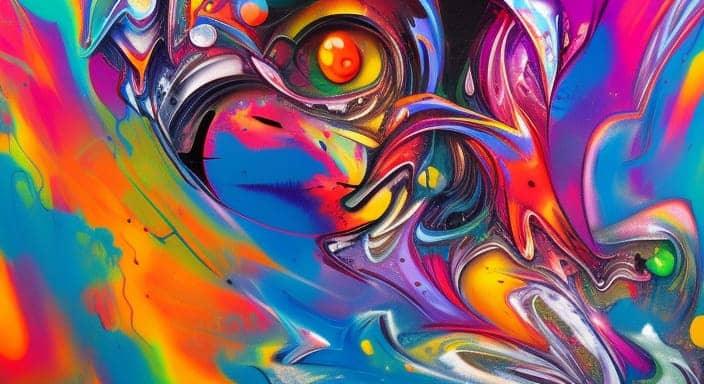
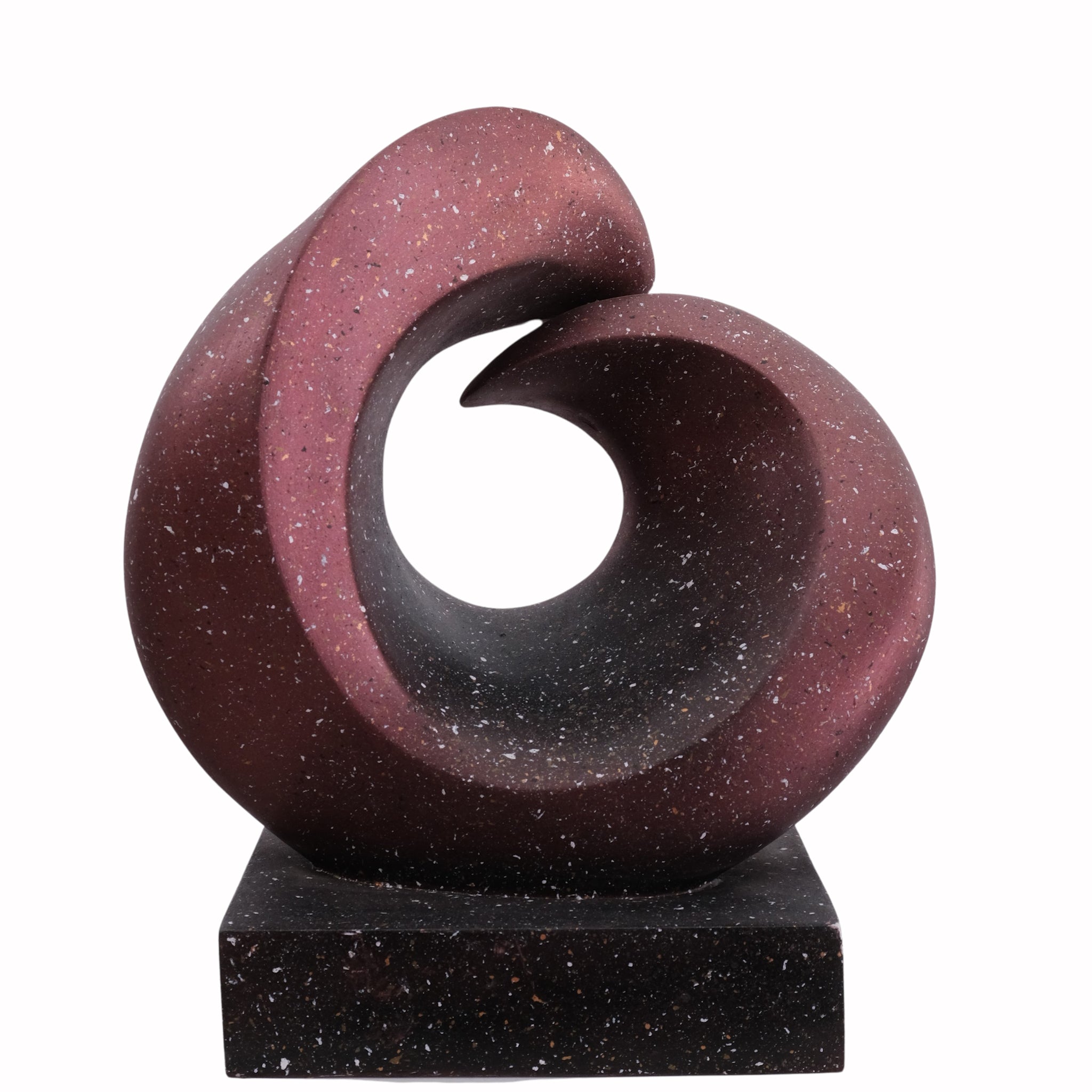

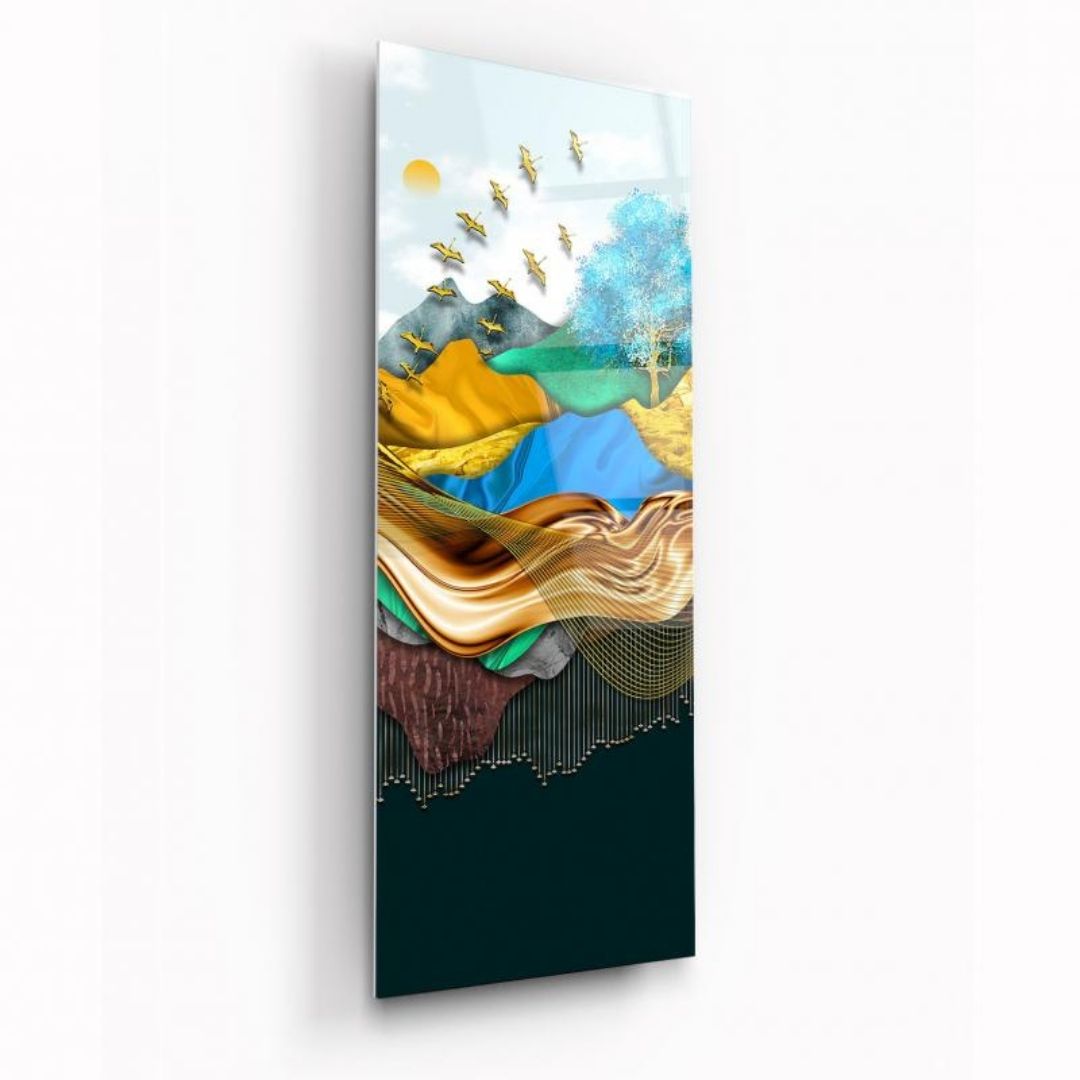
Leave a comment
All comments are moderated before being published.
This site is protected by hCaptcha and the hCaptcha Privacy Policy and Terms of Service apply.